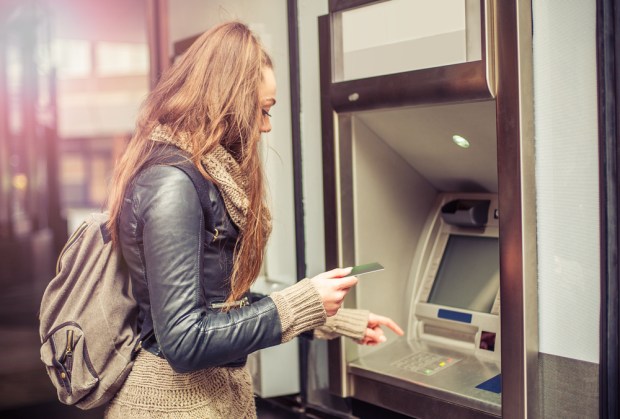Raiffeisen Bank Going High-Tech With Its New ATMs

Austria’s Raiffeisen Bank is reportedly gearing its ATMs up for the future, ordering 1,200 new machines from Diebold Nixdorf.
According to a report, Raiffeisen Bank ordered ATMs that have high-tech features, including advanced bill payment and contactless abilities, such as QR codes and NFC readers.
The machines are slated to launch this week and will enable consumers to pay bills via a QR code, making changes and confirming the transactions via a touchscreen on the ATM. What’s more, customers with NFC-enabled cars will be able to use the contactless functions of the ATM. The report noted that contactless payments via smartphones are coming in the future.
“We are acquiring future-proof solutions for the self-service channel for the next decade and can continue to develop our offers in line with the wishes and needs of our customers,” Stefan Sandberger, member of the board at Raiffeisen Bank Group, said in the report.
The move on the part of Raiffeisen Bank comes as ATMs are increasingly going high-tech and are accepting more payment options. Earlier this year, TechCrunch reported Bank of America and Wells Fargo are both in the midst of bringing Apple Pay to their ATMs. The tech publication said the information came from an unnamed source that it deemed “familiar with the teams on the projects.”
Both teams are enmeshed in multi-month assignments, said TechCrunch. Wells Fargo, for its part, has said that, as noted by Jonathan Velline, head of ATMs: “We’ve been working on the technology that allows us to hook to digital wallets, leveraging NFC on mobile phones to replace the card at the transaction at the ATM. Right now, the wallet that we support is Android Pay. But we’re also looking at lots of different mobile wallets and evaluating which ones are going to be appropriate for our customers. We’ll likely add more mobile wallets throughout the year. We recognize our customers are going to have lots of different types of wallets based on their device, based on their bank, based on their OS, and we’re going to continue to find the right balance of which wallets we’re going to support.”
